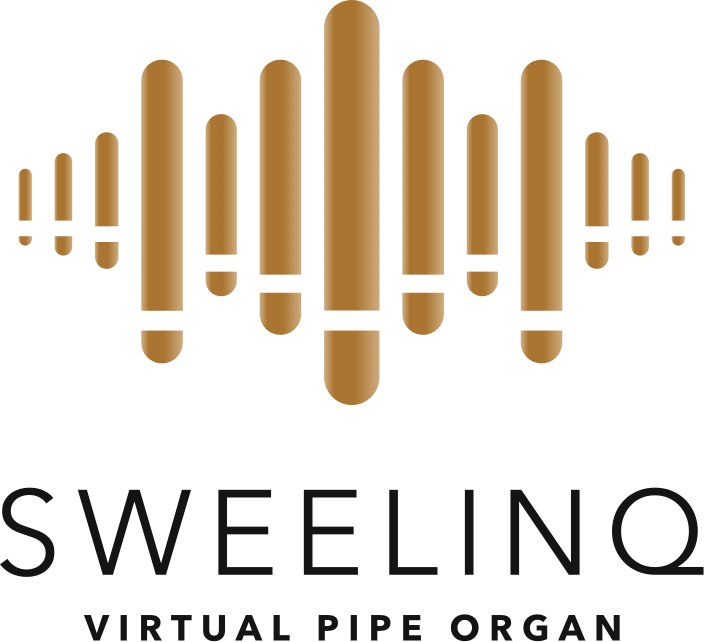Sweelinq is a pipe organ sampler that is suitable for use on common computer hardware. The software is available for Windows, macOS and Linux. The purpose of this software is to reproduce the sound of a pipe organ as realistically as possible. Within the software it’s possible to load different virtual organs (also called samplesets). When a virtual organ is loaded, it can be played via a connected organ console equipped with MIDI.
Virtual pipe organsReverb
The room where the organ is placed is very decisive for the organ sound. The reverb is reproduced by means of impulse responses (IR) and convolution. One or more IR’s are recorded close to the organ (front) and one or more IR’s are recorded at a distance (rear). By means of these impulse responses, two listening perspectives are created within the software. The ratio between the two perspectives can be set as desired. Furthermore, the reverb can be disabled entirely.
Jan Pieterzoon Sweelinck
2021 has been declared the Sweelinck year. In 1621 the organist, judge of organs and one of the greatest Dutch composers of all time died: Jan Pieterszoon Sweelinck.
Sweelinck was organist of the most important church in Amsterdam, namely the old or Sint Nicolaaskerk. His reputation was very great and extended beyond the national borders. His craftsmanship earned him the nickname “Orpheus of Amsterdam” and he was among wealthy and educated merchants in Amsterdam, both Dutch and foreign.
Influence
Because many young German musicians went to the Amsterdam master, Sweelinck exerted a great influence on the development of organ and harpsichord music, especially in northern Germany. His influence would even extend to the young Johann Sebastian Bach , who found inspiring role models in the organ masters Johann Adam Reincken from Hamburg and in Dieterich Buxtehude from Lübeck (pupils of Sweelinck’s former student Heinrich Scheidemann).
Reputation
Sweelinck’s reputation also extended to his expertise in organ building. In the course of his life he was asked several times to advise on and to perform inspections of new or restored organs. The places he visited were: Enkhuizen, Haarlem (1594), Deventer (1595, 1616), Middelburg (1603), Nijmegen (1605), Harderwijk (1608), Rotterdam (1610), Delft, Dordrecht (1610) and Rhenen. (1616).
In 2021 his influence even extends to the field of virtual organ software. We are convinced that the sampler that has been given the name Sweelinq will also have a major influence on the developments around organists and organs worldwide.


 Nederlands
Nederlands
